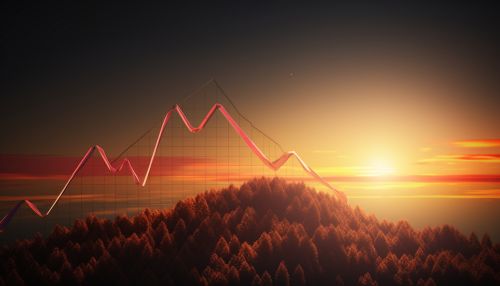Fall and Recovery
Introduction
The concept of "Fall and Recovery" is a central theme in many disciplines, including economics, psychology, and biology. It is a cycle of decline, followed by a period of recovery, that is often seen in various systems, both natural and man-made. This article will delve into the concept of fall and recovery in these three disciplines, providing a comprehensive and detailed understanding of the topic.
Fall and Recovery in Economics
In economics, the concept of fall and recovery is often seen in the context of business cycles. A business cycle refers to the fluctuations in economic activity that an economy experiences over a period of time. It consists of expansions - or periods of economic growth, and contractions - or periods of economic decline.


During the contraction phase, the economy experiences a fall in key economic indicators such as GDP, employment, investment spending, capacity utilization, household incomes, business profits and inflation. This period is often characterized by increased unemployment, decreased consumer and business spending, and an overall slowdown in economic activity. This is the "fall" phase in the economic context.
The recovery phase follows the contraction phase. During this period, the economy starts to recover from the downturn. Economic indicators begin to improve, unemployment rates decrease, consumer and business confidence improves, and there is an overall upturn in economic activity. This is the "recovery" phase in the economic context.
Fall and Recovery in Psychology
In psychology, the concept of fall and recovery can be seen in the context of resilience. Resilience refers to the process of adapting well in the face of adversity, trauma, tragedy, threats, or significant sources of stress.
During the "fall" phase, an individual may experience a significant psychological or emotional setback. This could be due to a variety of factors, including traumatic events, significant life changes, or mental health issues. During this period, the individual may experience feelings of sadness, anxiety, stress, or other negative emotions.
The "recovery" phase involves the individual overcoming these challenges and returning to a state of normalcy or even experiencing personal growth. This process may involve various coping mechanisms, therapeutic interventions, and the support of friends, family, or mental health professionals.


Fall and Recovery in Biology
In biology, the concept of fall and recovery can be seen in the context of population dynamics. Population dynamics refers to the changes in population size and composition over time and space.
During the "fall" phase, a population may experience a decline due to factors such as predation, disease, or changes in environmental conditions. This can lead to a decrease in the population size and can potentially threaten the survival of the species.
The "recovery" phase involves the population bouncing back from the decline. This can occur due to factors such as increased reproduction rates, decreased predation, or improvements in environmental conditions. During this phase, the population size increases and the species recovers from the decline.


Conclusion
The concept of fall and recovery is a fundamental aspect of many systems, both natural and man-made. Understanding this concept can provide valuable insights into the functioning of these systems and can help in predicting and managing future changes.
